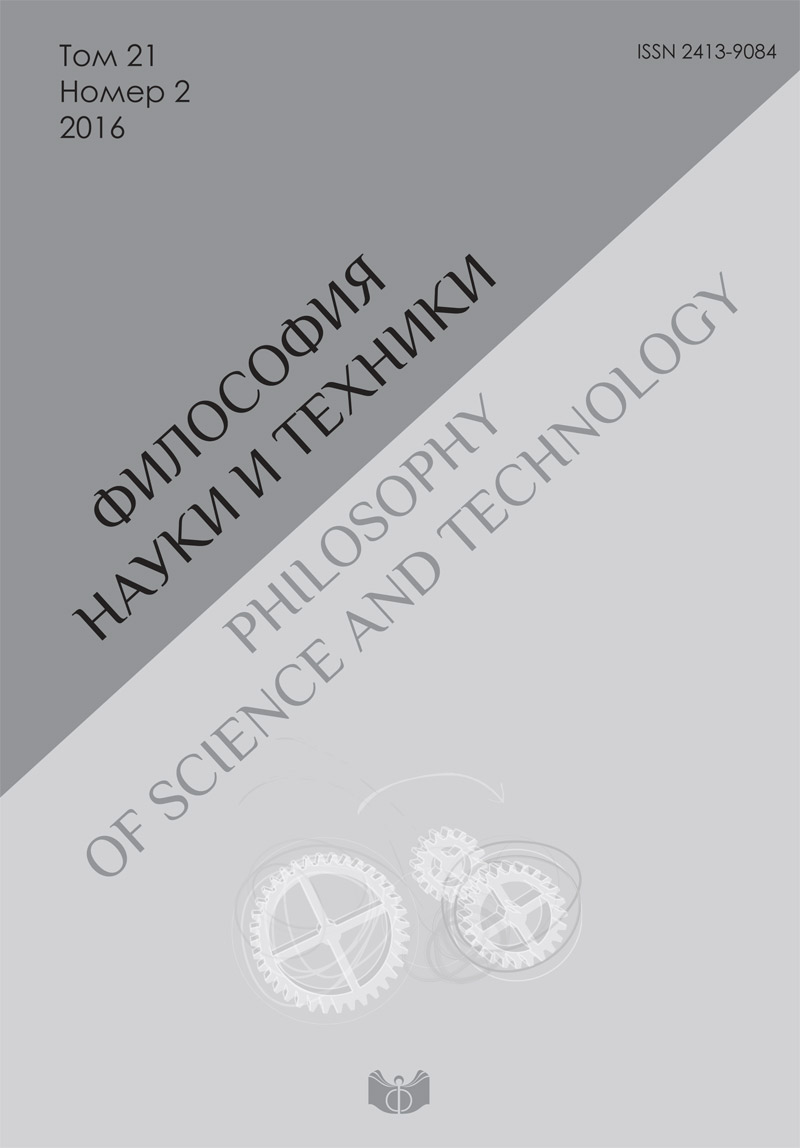Pseudoscience as the converted form of science: theoretical analysis
DOI:
https://doi.org/10.21146/2413-9084-2016-21-2-130-148Keywords:
pseudoscience, converted forms, quasi-science, para-science, anti-science, demarcation, scientific falsificationsAbstract
Demarcating the science, pseudoscience and non-scientific cognitive practices and knowledge remains one of the “hard problems” of modern epistemology, philosophy and methodology of science. The paper is dedicated to working out one of the possible solutions of some issues of this problem’s grounding: to give fulfilling definition of the phenomenon of pseudoscience within the confines of philosophy of science (abstracting from the specific characteristics and connections of the explored phenomenon with the other sciences). To complete this task, the author tries to distance himself from the approach used in post-positivistic epistemology in the context of demarcation. Taking the grounding of realistic ontology (such as correspondence theory of truth), the author combines its postulations with methodology of converted forms research. In this context, the phenomenon of pseudoscience is proposed to be considered as a converted form of scientific knowledge. Basing on such a way of understanding the phenomenon of pseudoscience, the key properties, which are present in singular manifestations of pseudoscience, are proposed. The classification, according to which the types of pseudoscientific knowledge should be divided according to the elements of scientific knowledge and cognition that undergo the transformation of their real form, becoming its opposite side, imitation or negation (this transformation may happen to methodology, aim, object, subject, result of research) is proposed. The author proposes four sub-classes of pseudoscientific knowledge – quasi-science, para-science, pseudoscientific disciplines and anti-science, as well as the phenomenon of scientific falsifications (which may be included in one of the types of such a “knowledge” or exist independently from them). The explicated properties of the converted forms of scientific knowledge are not regular to each specific manifestation of pseudoscience – on one hand, while researching the types of knowledge which are considered as pseudoscientific by the scientific community, these properties can be seen (one or another) in these manifestations. On the other hand, when the scientific community deals with new idea, pretending to be scientific, and, while verifying the idea, sees these properties, they are alerting about the possibility of this idea to be pseudoscientific (pretending on being science while not being it).











